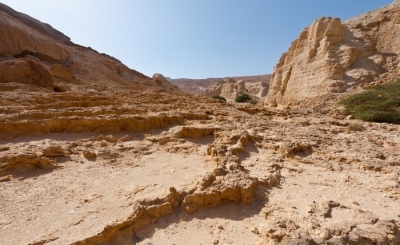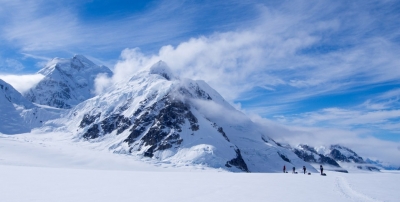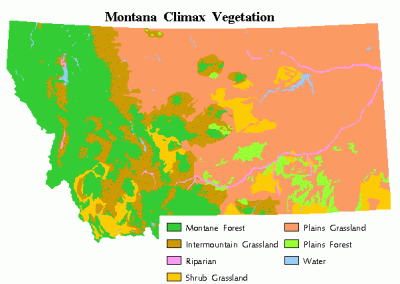
We know the Mediterranean today as a huge sea off the coast of Europe. However, the Mediterranean was not always like that. Approximately 5 million years ago, the Mediterranean was a dry basin. Movements in the Earth’s crust opened up the Gibraltar Straits between the continental areas which are now Africa and Europe. The Atlantic Ocean would have poured through this new opening into the dry basin. The result would have been an enormous waterfall, nearly 800 metres high. So much water poured in from the Atlantic that the Mediterranean Sea was created in only a few years.
|
Fact File: Of course, through time the shape of the continents will continue to change, and new seas will form; some could even join together. |
Picture Credit : Google





